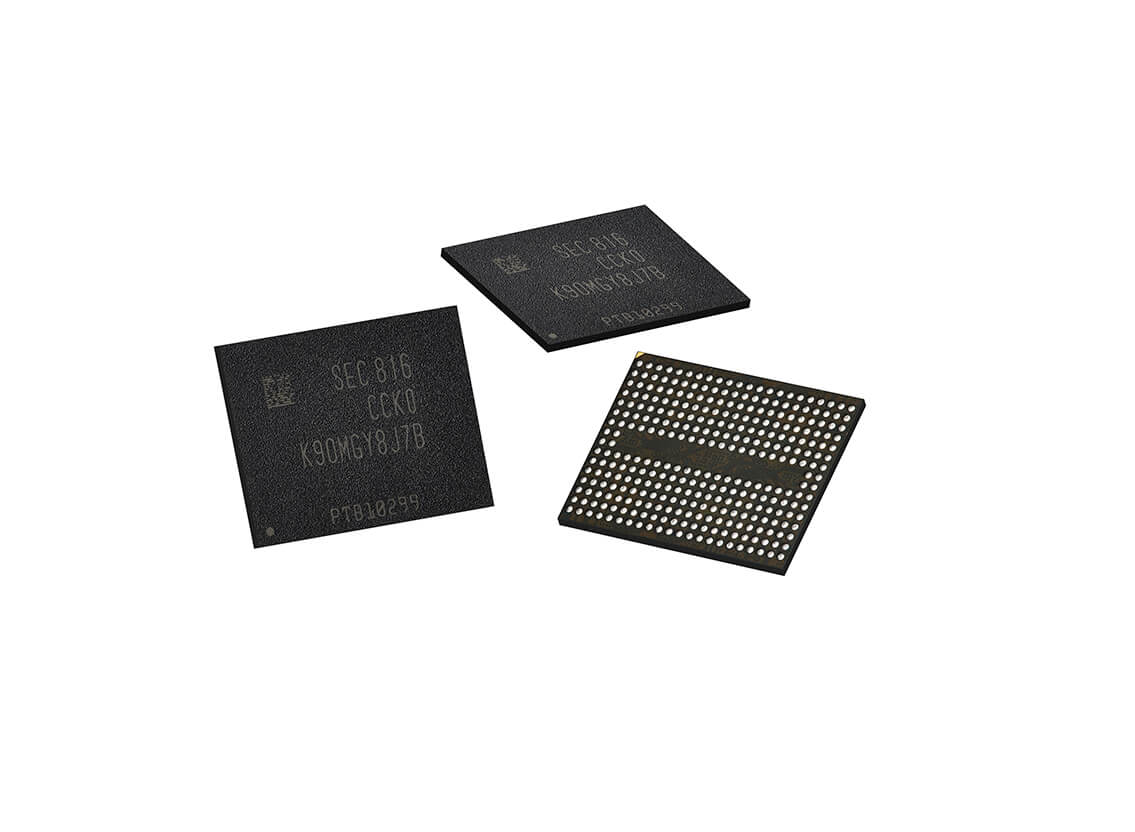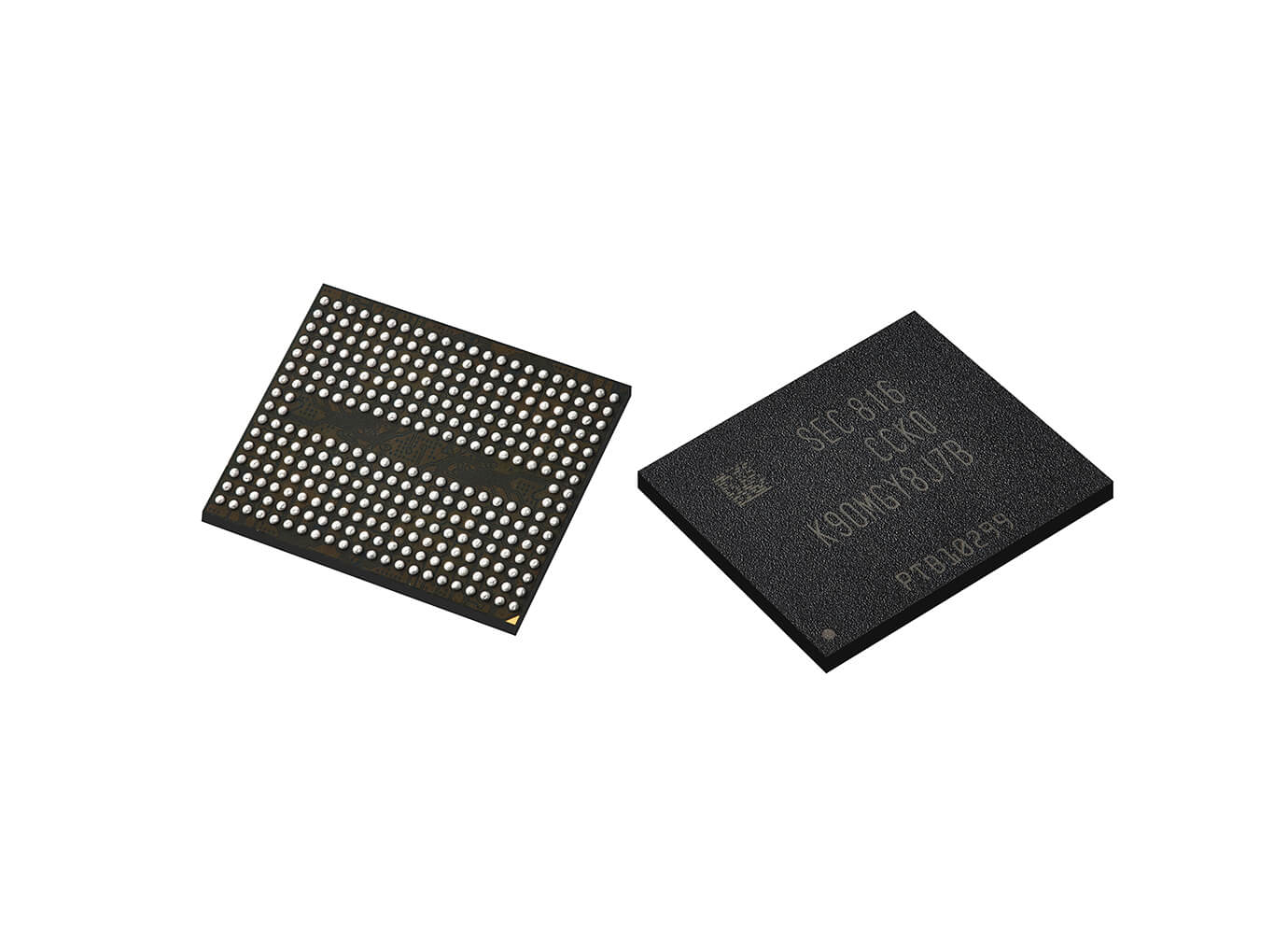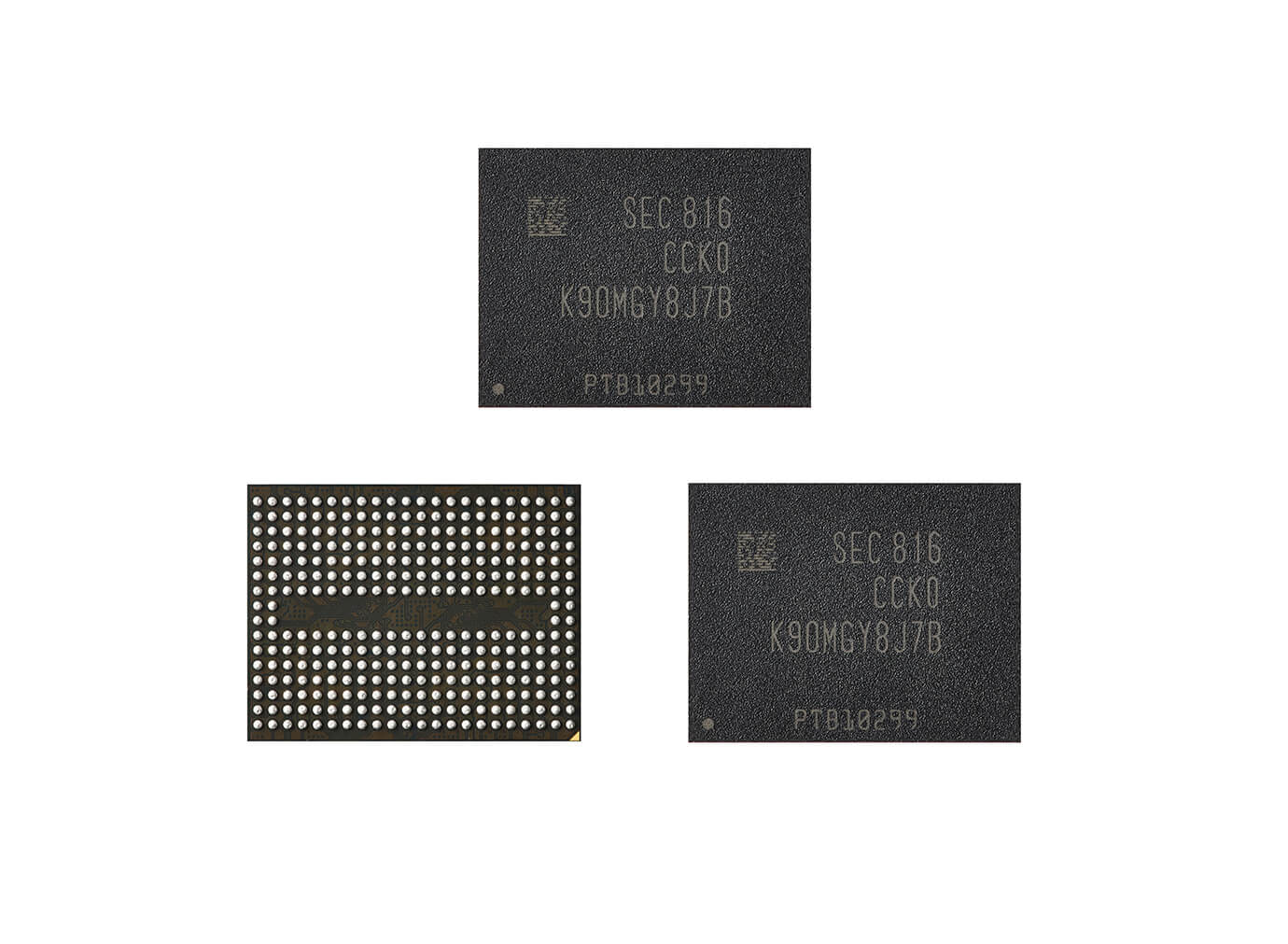Something to look forward to: Even faster solid state drives are on the horizon as Samsung begins mass production of its next generation V-NAND memory. Improvements in manufacturing offer better performance and higher yields of usable chips.
Samsung has begun mass production of its fifth generation V-NAND memory. Using over 90 layers compared to the previous generation's 64, the new memory achieves nearly a 40 percent improvement in performance.
Fifth generation chips arrive in 256 gigabit (32GB) capacities. Each chip can reach speeds of up to 1.4 Gbps and makes use of the Toggle DDR 4.0 interface. Despite having more layers, the chips are not all that much thicker. A 20 percent reduction in layer thickness has been achieved as a result of improvements made to the atomic layer deposition process used during fabrication.
Energy efficiency remains roughly the same since Samsung is able to run its newest generation at 1.2 volts instead of 1.8 volts. Write speeds have been improved by up to 30 percent. Samsung also boasts that its V-NAND can achieve the highest peak write speeds on the market with bits of data being stored in as little as 500 microseconds.

Roughly 85 billion charge trap flash cells can be found inside the fifth generation chips each storing three bits of data. All cells are contained in a pyramid structure with vertical channels that are a few hundred nanometers wide.
Even though manufacturing processes have become extremely expensive for semiconductor components, Samsung reassures us that productivity is up over 30 percent. Faster storage may not be any more expensive than current generation products.

Later this year, Samsung is planning to introduce 1-terabit V-NAND chips and will also be adding quad-level cell products to offer even higher capacity options.
